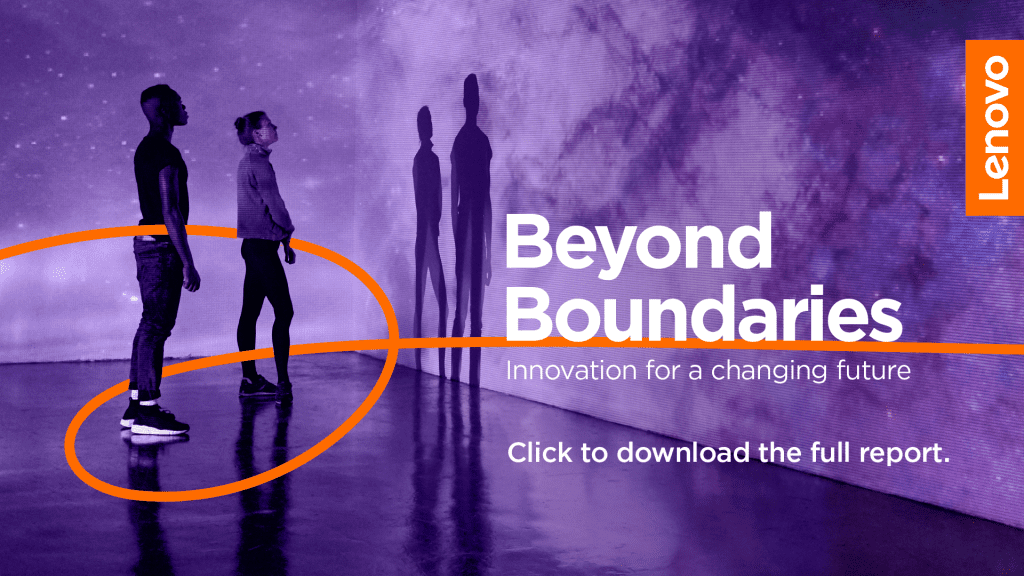“You can’t teach innovation. You can’t bring people into a classroom and they walk out the following day and they’re suddenly innovative. All you can do is to ensure that you have the right environment that can help foster innovation.”
– Gareth Davies, Head of Global Logistics at Lenovo
In essence the equation is simple: encourage innovation and reap the rewards. All the evidence points in the same direction. But there is an alternative, tried and tested adage, which runs in direct opposition: if it ain’t broke, don’t fix it.
This is the dilemma facing incumbent businesses with profitable positions to protect. Progress, by all means, but (to coin an altogether more prosaic idiom) don’t throw the baby out with the bathwater.
During the pandemic, businesses had something of a free pass to become more creative, for the simple reason that they had no choice. COVID’s silver lining was that it helped larger businesses become more creative, largely because they were working outside the confines of the office environment and were collaborating with colleagues worldwide.
But what happens now? As offices reopen, business leaders have a responsibility to ensure that they retain and continue to enable the creative mindset wherever their workforce is based. In the process they must guard against burn-out among those who struggle to adjust to the new set-up.
This dilemma was mirrored by the findings of our Beyond Boundaries report. Six in ten leaders said that remote working gave their employees more room to think and come up with ideas, breathing new life into innovation. Yet almost as many (55%) said that their staff lost the drive to innovate at some point during the crisis, due to personal pressures.
Technology was a key enabler. More than half of respondents (54%) saw an improvement in collaboration between teams that were not previously connected, thanks to the exponential growth in video calls.
And this transformation unfolded far beyond the confines of the virtual office. In logistics and supply chain management, which had been relatively starved of innovation, there is suddenly an abundance of riches. From autonomous trucks to warehouses completely operated by robotics, the breakthroughs are accelerating.
Yet there is an inherent risk in innovating too fast. While caution might take the wind out of our sails (and, indeed, sales), it is essential to think hard about the process.
Take for example the supply chain, in which automation risks accelerating production to the point where there is a shortage of people to deliver the products. With autonomous trucks on the horizon, who wants to train as a heavy goods vehicle driver, knowing that jobs will gradually dry up? This has already led to a severe shortage of drivers in Europe and North America.
The same could apply to automated factories. Shop floors will gradually empty of manual workers, but for now these people are sorely needed, so companies muse work hard to ensure their staff can see a clear career path amid the technological advancement.
Innovation is great, but we also need to make sure to balance it with the world we live in – because if it runs too fast then major problems could follow.

